Each type of fungus can typically cause a spectrum of conditions depending on the patient’s immune status and the part of the body affected. For a detailed explanation of the different types of aspergillosis please see the Aspergillus & Aspergillosis website.
Many disease-causing fungi live in rotting matter in the environment (especially leaves/guano), or as a harmless part of the body’s natural flora and only cause infections in immunocompromised patients or when traumatically implanted (i.e. they are opportunistic pathogens).
- Click to watch a LIFE Worldwide lecture on the global burden of fungal diseases.


Fungal infections & allergies

Disease-causing fungi
Over 600 species of fungi have been linked with disease, but fewer than 30 species cause over 99% of infections. While many species of fungi are able to cause disease in humans, few of them are true pathogens – most are opportunistic and grow only rarely, in severely immunocompromised patients. Implantation mycoses can be caused by many different species of fungi.
Some species can exist in either a yeast or a filamentous form and are therefore called ‘dimorphic’ (e.g. Histoplasma). Some have atypical forms, for example Pneumocystis can form so-called cysts and trophozoites (named after parasite life forms). For additional species or details please visit Aspergillus&Aspergillosis, Mycology online or Doctor Fungus. For more information about emerging fungal pathogens please see Friedman & Schwartz (2019). You can also access a wealth of information via the Fungus Education Hub.

Characteristic appearance of key fungi
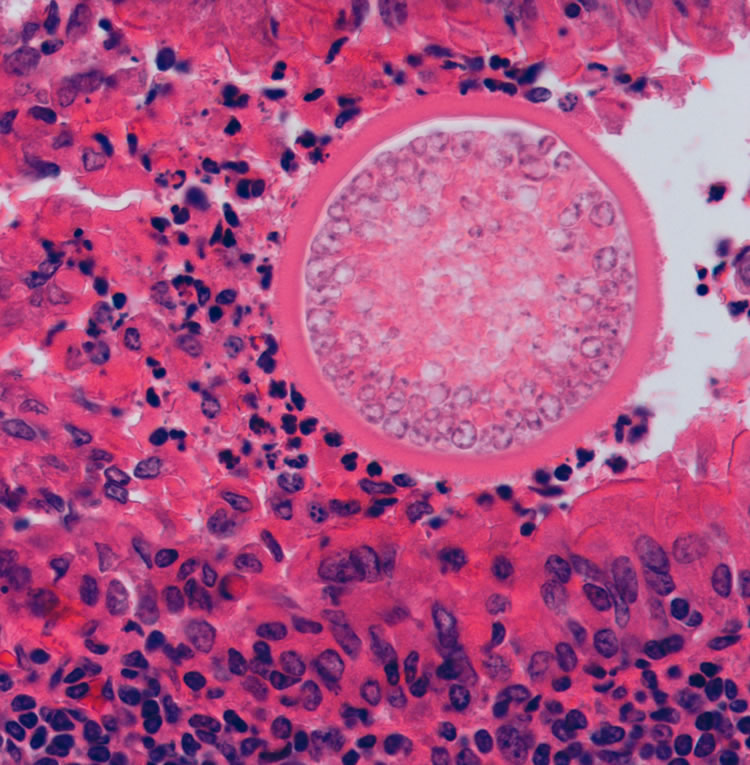
Coccidioides spherule 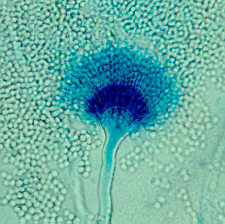
Aspergillus terreus spore head 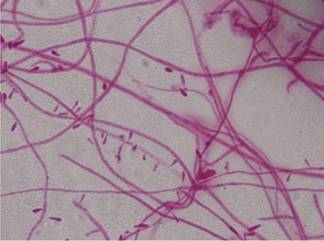
Trichophyton rubrum hyphae 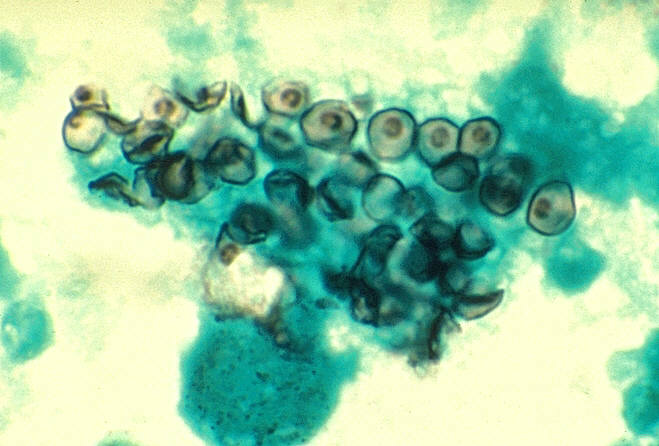
Pneumocystis 
Aspergillus terreus colonies 
Cryptococcus neoformans 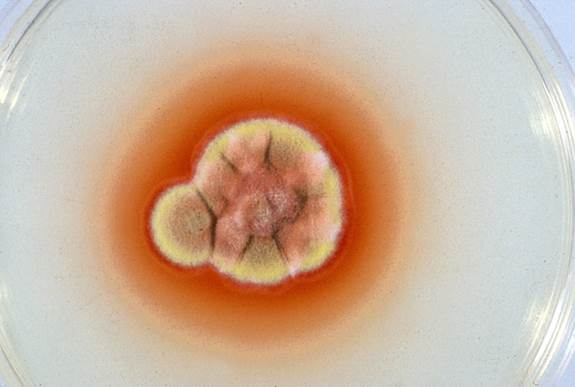
Talaromyces marneffei












